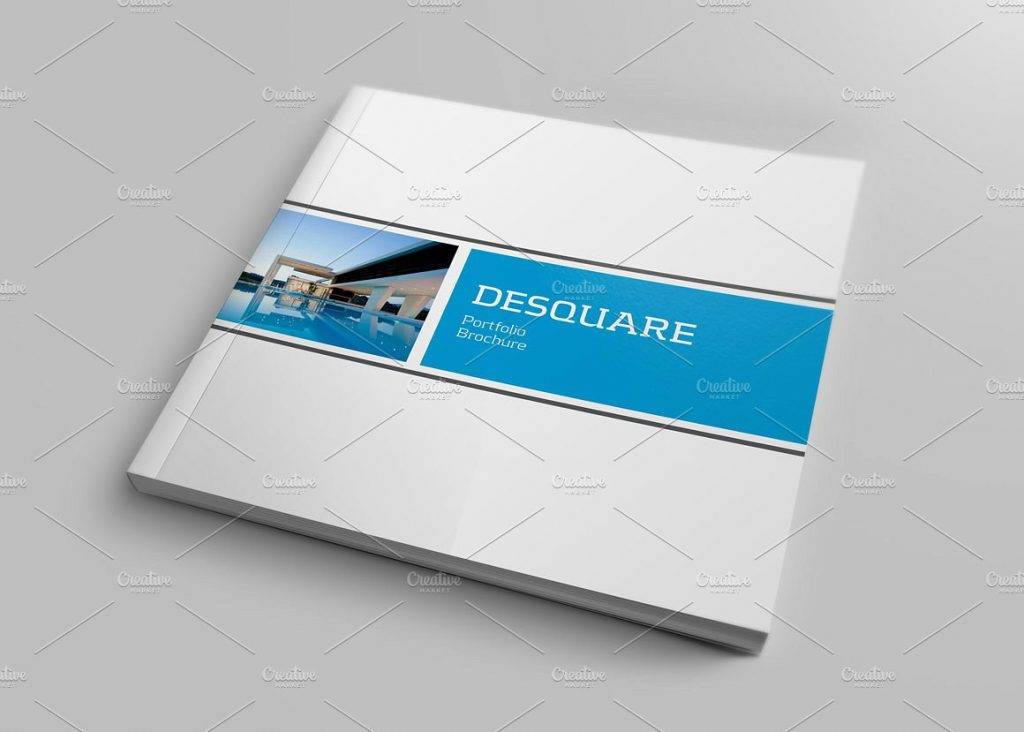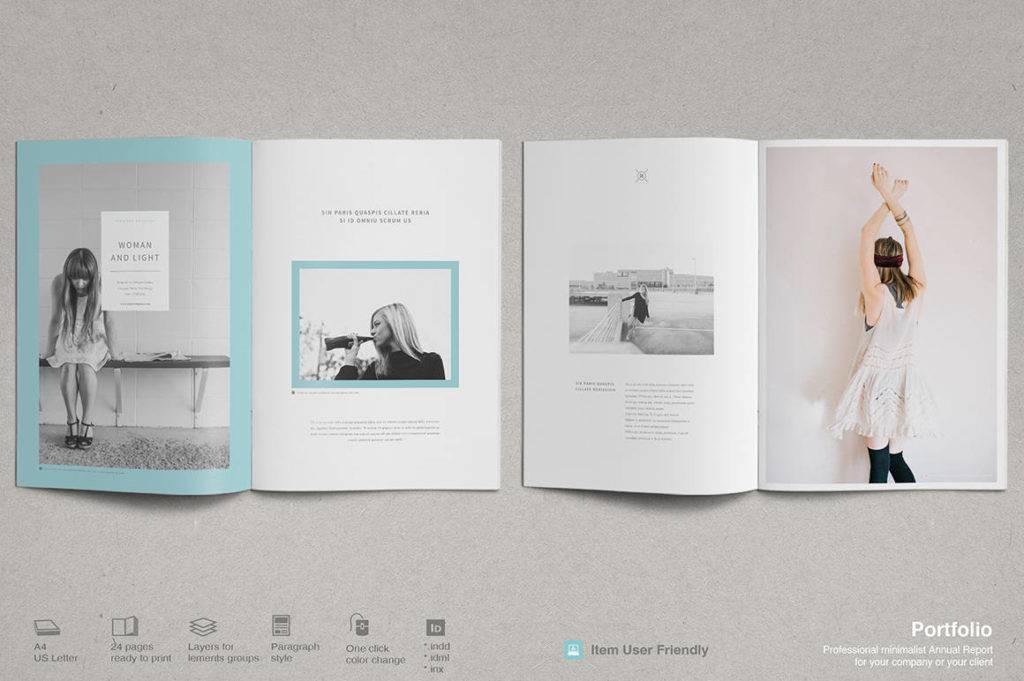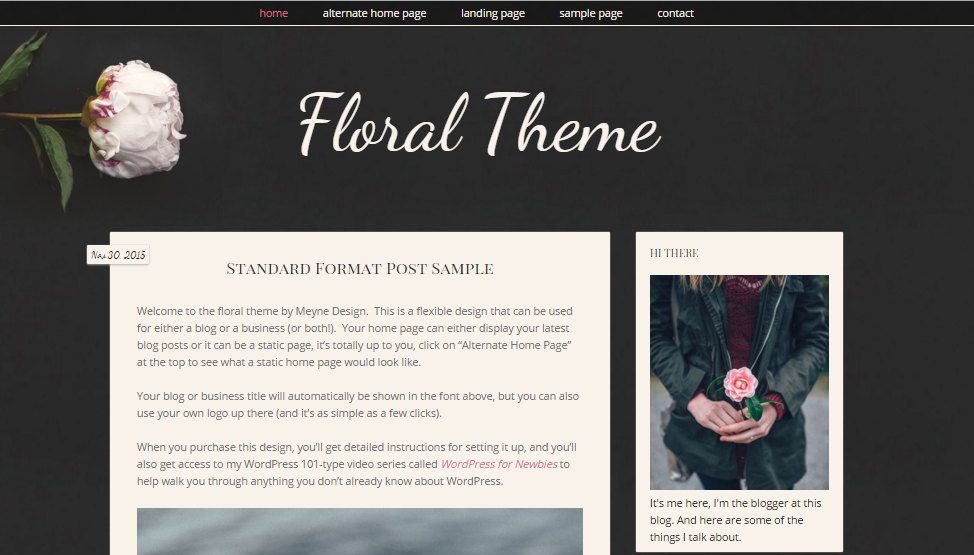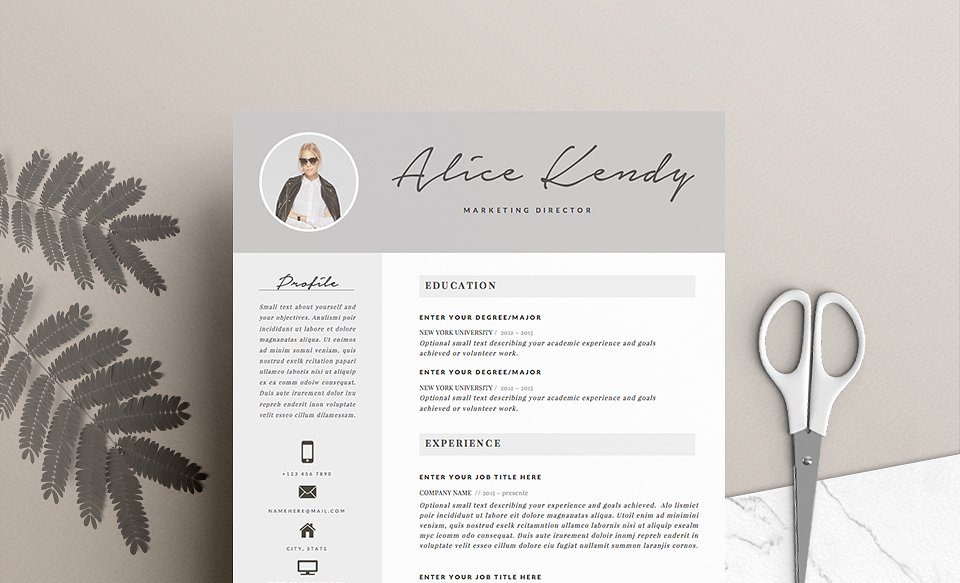10+ Writing Portfolio Examples to Download
The real world can be quite harsh. We can spend days or weeks waiting for that faithful call, only to find out that we didn’t get the job we’ve been longing for. We’ve all been in that place. But what have we been doing wrong? Or better yet, what’s missing?
Apart from a good work resume and a well-groomed appearance, recruiters often look for applicants who go the extra mile to get the job. If there’s one thing they could all agree on, it’s that a professional career portfolio can likely be your ticket for acceptance. But let’s be honest, building a portfolio isn’t the easiest thing to do. Believe it or not, a portfolio may possibly sabotage your chances of getting hired for your dream job, especially when one fails to recognize the message it conveys. With that in mind, you need to set your standards high. Focus on creating a portfolio that demonstrates your passion and dedication to your career. So whether you’re a writer or a designer, consider the portfolio as a representation of who you are.
Inspiration Writing Portfolio

Square Writing Portfolio Brochure

InDesign Paper Portfolio

Floral Design Web Portfolio

The Benefits of a Portfolio
Back in the day, it was all about investing one’s time and effort to create a master resume and to learn about the background of a company just to earn that extra point. Unfortunately, a lot of people have caught on to this tip, making it a common topic to tackle during an interview. Because of this, employers are taking on a realistic approach towards their hiring process. It’s more than just your knowledge about a particular business, as it’s also about what you could contribute to the growth of the company. And how better can you prove your competency than with a good work portfolio?
For one, a professional portfolio can be considered as sufficient evidence of what you can do. Words are cheap, and stretching the truth is often caused by desperation. But through a portfolio, you can show others that you are more ‘work’ than you are ‘talk’. See it as an opportunity for you to stand out among a sea of applicants. There may also be instances when you do possess the right skills, but lack the industry experience to actually prove it. This can be frustrating for most individuals, especially since it can make you feel deprived of your own capabilities.
Additionally, a portfolio can be a great form of introduction. Imagine how pleased an interviewer would be if you entered the room with a portfolio in one hand. Not only can this boost your self-esteem, but this may also leave a lasting impression. This can also spark curiosity, prompt hiring managers to learn more about who you are personally and professionally. It shows how serious you are about landing the position as well, and to the average interviewer, this can certainly make a difference.
Multipurpose Square Portfolio

Multipurpose Portrait Portfolio

Square Portfolio Brochure

A5 Minimalist Writing Portfolio

How to Create an Impactful Writing Portfolio
People spend so much time building a portfolio, without any proper knowledge on how to put it together. If you want to get one step ahead of the competition, you must be able to demonstrate your understanding of the industry accordingly. This includes your ability to write specific topics for certain audiences and your willingness to grow along with the environment you are in. While it might require some time and effort to develop, you’ll come to find that portfolios are the perfect tool to bring you to the next level of your career.
1. Identify your audience.
Whether you’re creating a portfolio for a job interview or a college admission, it’s important to tailor your portfolio according to its specific purpose. This can help you determine how your portfolio should be designed and what your audience may expect from you. For instance, getting into a good college that specializes in your field can be quite difficult. Your writing will be judged on how well you could cater to various genres. As for a job application, employers focus on candidates who possess a kind of writing style that is suitable for a specific position.
2. Showcase your strongest pieces.
A writing portfolio is a reflection of your abilities and skills as a writer. So there’s really no point in including poor write-ups to your portfolio, unless it demonstrates a key skill you want to highlight. If you’ve tried contributing a few pieces for a well-known publication, then you could always add this to your compilation. This type of recognition can give you the leverage you need as a professional writer.
3. Compose a compelling introduction.
Writing an essay as an introduction to your portfolio is a great way to develop a connection with your readers. You can make it a one-page write-up of the experience and skills you possess that qualify you for a particular position. If you want to be witty, you can always opt for a clever and compelling introduction that best describes you. The tone and voice of the composition must reflect who you are as a writer, as this can give readers a glimpse of what you are capable of.
4. Index your portfolio.
As much as you want to present your strongest pieces, you also need to remember how important it is to keep your portfolio organized. You can type in numbers for each page and insert page dividers to make it easier for readers to find what they are looking for. It would also be best to add a table of contents at the beginning of your portfolio as a guide. You can start with your introduction and resume, followed by your writing samples. If necessary, divide each write-up according to its respective category. By doing so, you give your audience a memorable reading experience without the hassle.
5. Package it accordingly.
In case you plan to use a digital portfolio, remember to find the right platform for it first. There are various online applications, such as Blogspot and WordPress, that allow you to create your own website to showcase your works on the World Wide Web. But if you decide on going for the old-school printed portfolios, try and find a good folder, binder, or envelope to keep it in. The quality of your packaging can actually leave an impression to your reader, so be sure it’s of the right quality.
Charming Resume Portfolio

Design Tips for Building the Perfect Portfolio
When designing a portfolio, there are a few pointers to keep in mind. So here are some tricks and techniques to make the perfect physical and digital portfolio:
Physical Portfolios
A physical portfolio is one of the most widely-used portfolio around. Photographs, writings, or illustrations are typically printed on a special paper material and then grouped together using a folder or binder. Although it isn’t exactly the most convenient medium to carry around, it can still serve its purpose just as effectively as an online portfolio.
- Include appropriate sample pieces – Hiring managers often set a criteria that candidates must meet. If they’re looking for a studio model, then the model portfolio must be filled with a variety of images from photo shoots rather than runway snapshots. Although it’s good to show every side of you that interviewers may want to know about, be sure to focus on giving them what they want to see as well. Anything deemed irrelevant to the qualifications aren’t needed.
- Insert non-client works – There are times when we feel like creating something for own pleasure, as this is a great form of therapy to enhance one’s skills. So if you ever make something that you’re proud of, don’t hesitate on including it in your portfolio. After all, remarkable talent should never remain unseen.
- Keep it clean – As a writer or an artist, we grow alongside our works. Although it might be tempting to bulk out your portfolio with pieces you’ve made from the very start of your career, it’s not exactly advisable. Take the time to sort through your portfolio every now and then to ensure that nothing but your best works are being featured.
- Sell yourself – Be proud of your talent and let it shine. When you want a particular job so bad, you pull all the strings to make it happen. Showing hiring managers what you are capable of will set yourself apart from others.
- Ask for an opinion – As human as we all are, we can be quite biased on certain situations that involve our well being. Remember, what you think is good may appear differently from another pair of eyes. That being said, feel free to ask people for their honest opinions. There may be things that you’d disagree on, but learn to handle constructive criticisms the right way.
Online Portfolio
Thanks to the advancement of technology, society has discovered an efficient alternative to the traditional physical portfolios. An online portfolio, which can either be a digital or web portfolio, come in the form of websites or blogs. What makes this type of portfolio so special is how one can showcase their works in the most creative way. And because of its versatility, professionals can make portfolios with an interactive nature. This allows you keep your audience engaged through a one-of-a-kind experience. You can even stay connected with potential clients and employers no matter where they are in the world because of how accessible an online portfolio can be.
- Select a platform – If you’re thinking twice about making an online portfolio because of how little you know about computers and its technical aspects, fear not. Fortunately, you can find a variety of platforms and online portfolio tools on the internet to help build your page from scratch. You can create your own domain name and invest in a web hosting site to earn the rights for your page. Remember to choose a platform that you are most comfortable with as well, so as to not waste any time trying to figure out how it works.
- Add printed works – Creating an illustration portfolio and a writing portfolio can be a challenge, considering how difficult it can be to feature printed works on your portfolio. While there’s always an option of making digital version of these pieces, you can also turn to photography to maintain the essence of your works. Keep in mind that the materials used along with the quality of your photograph do matter, so focus on presenting each in such a way that one can appreciate.
- Label examples – Similar to indexing, labeling makes it easier for readers or interviewers to find what they need. If a certain work becomes the topic of your conversation, then it wouldn’t be hard for them to reference your individual pieces.
- Provide insights on its process – Think of the portfolio as your very own magazine. Giving your audience an inside look of how a certain piece came to be is an excellent way to reach out on a personal level. This takes readers on a behind-the-scenes journey that every writer and designer has to go through. But remember to keep it concise, as you wouldn’t want a reader’s attention to be on the descriptions rather than your actual works.
- Don’t forget to update – One of the common issues that every person has to face with an online portfolio is the ability to commit. When you decide on an online portfolio, you must be able to add new works from time to time, as this can speak a lot about your character and work ethics. It’s a gradual process of adding new pieces to your portfolio, allowing visitors to see how far you’ve come.
At the end of the day, what matters most is the connection you build with your audience. You can spend countless hours creating your portfolio but if it doesn’t represent who you really are, then what’s the point? Always remember that a good portfolio is one that shows how you can be an asset to a company and that there’s more to you than meets the eye.


